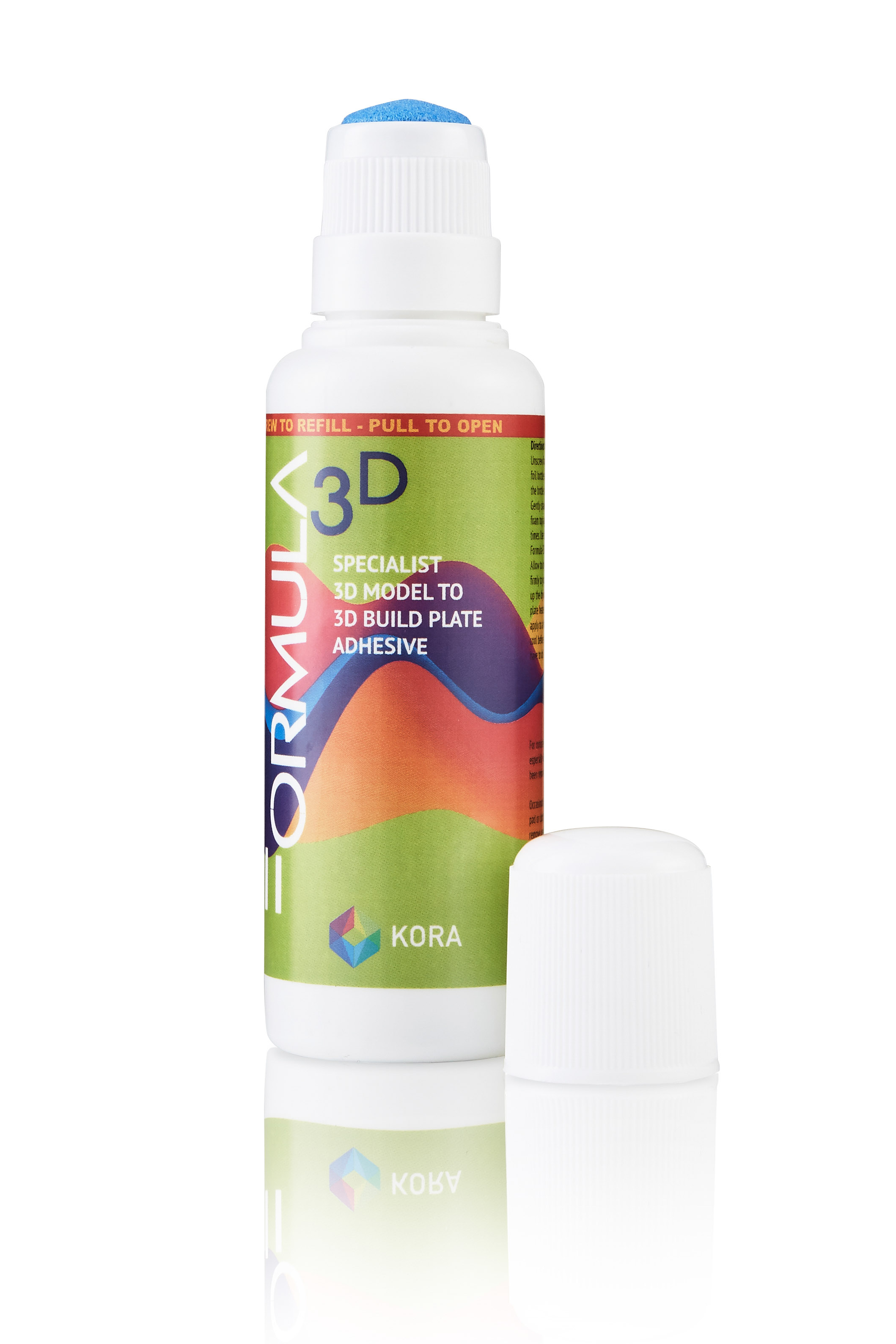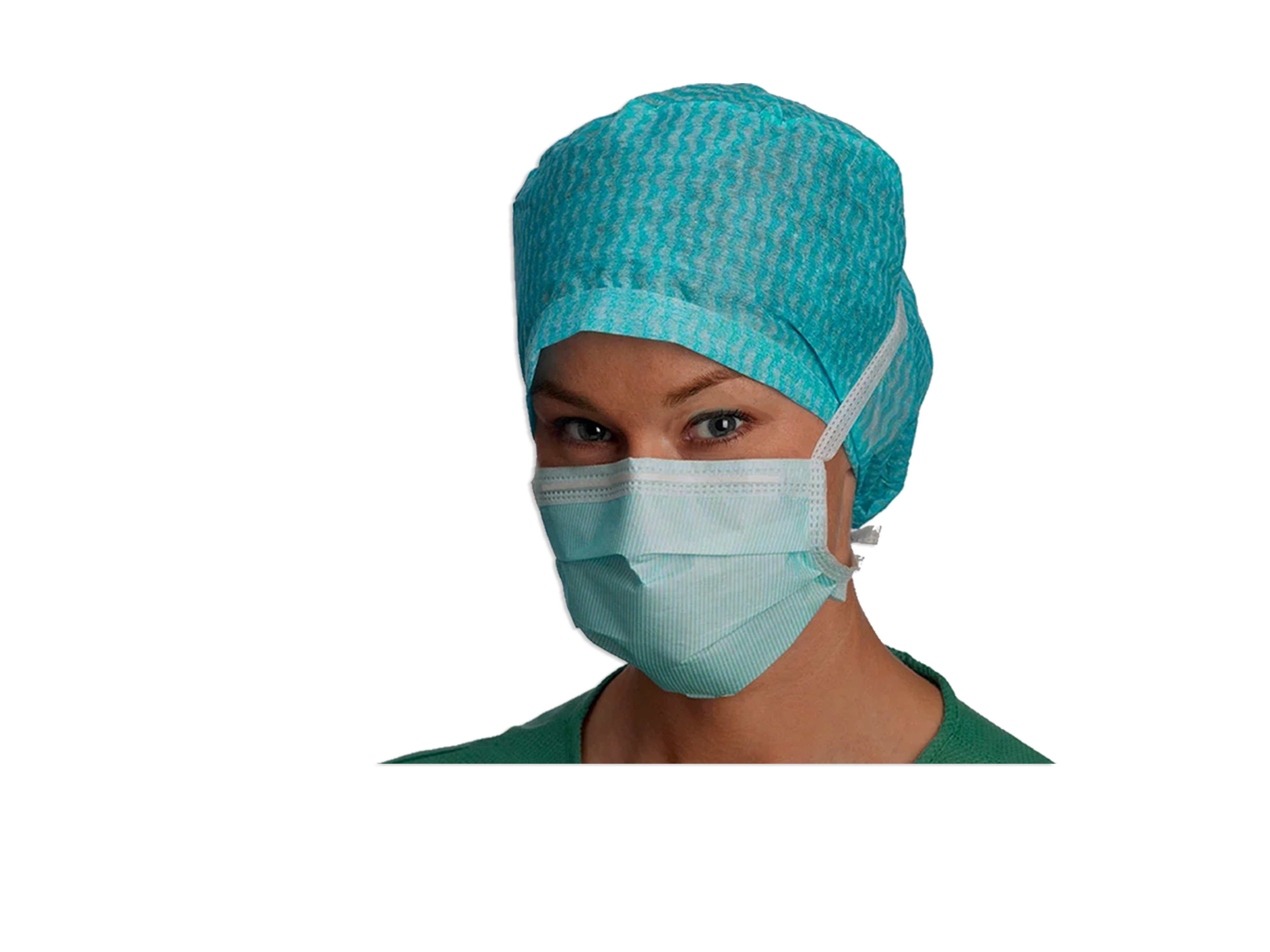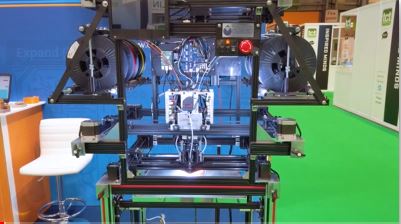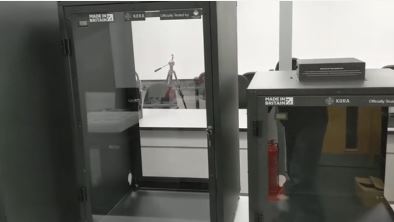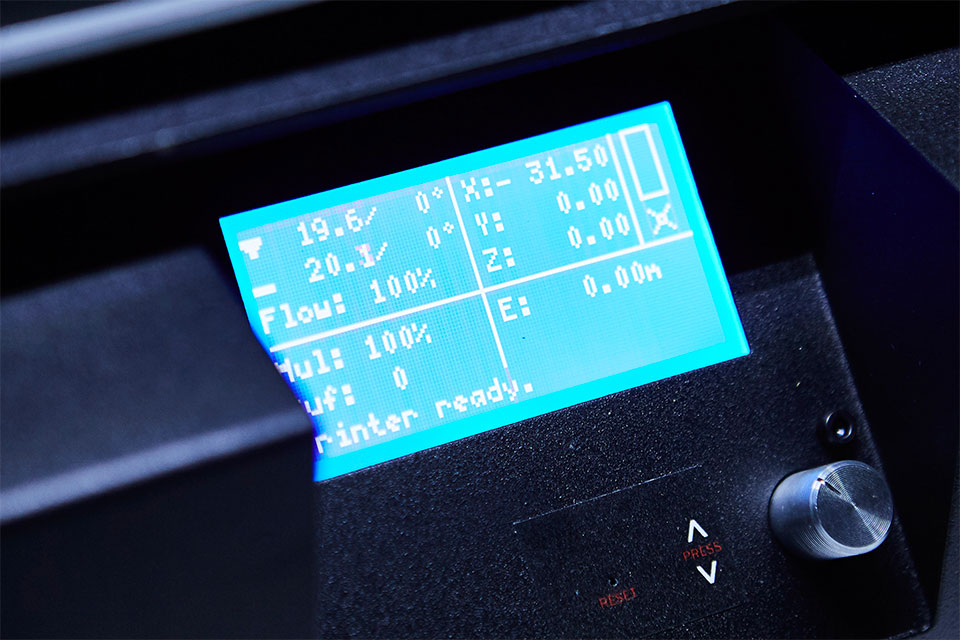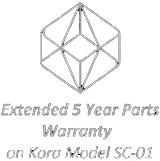What do you need to consider when buying a 3D printer and filaments?
Kora 3D Printers and Safety Cabinets are CE marked and are fully compliant to European Standards. The filament we offer is the same product used during testing at the Health and Safety Laboratory.
Prior to purchasing a 3D printer and associated materials, there are a number of things to consider. It is recommended that only 3D printer equipment which carries a CE mark is purchased for use in schools and colleges. Where 3D printers can be purchased in kit form, it is recommended that the purchaser ensures that the supplier is able to provide evidence that the kit meets the quality and safety standards implied by CE marking.
There are many different types of filament materials and you may be tempted to save costs by purchasing these more cheaply over the internet.
However, it is important to know what the filament is made from, and that the company supplying it has provided you with good information and technical support. A good sign is that the supplier of filaments can provide you with a Safety Data Sheet (SDS) that provides clear and specific information about the constituents of the filaments and the products produced when the filament is used in the printer.
What Types Of Filament Are Suitable In An Educational Setting?
It is recommended that wherever possible you use PLA to reduce the risk from fumes and particulate emissions. Filaments can be affected by the temperature, humidity (some absorb moisture) and light (some are light sensitive), so should be stored in sealed, dry and dark containers. Most filament waste can be placed into your recycling system but non-recyclable materials should be disposed of in small amounts via your normal waste carrier. Any hazardous waste produced through the printing process will need to be removed by a licenced carrier



